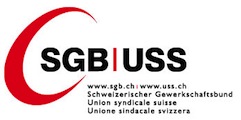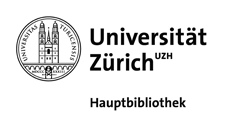In search of stars: Network formation among heterogeneous agents
Accéder
Auteur(s)
Accéder
Texte intégral indisponibleTexte intégral indisponibleTexte intégral indisponibleDescription
This paper reports results from a laboratory experiment on network formation among heterogeneous agents. The experimental design extends the Bala-Goyal (2000) model of network formation with decay and two-way flow of benefits by introducing agents with lower linking costs or higher benefits to others. Furthermore, agents' types may be common knowledge or private information. In all treatments, the (efficient) equilibrium network has a "star" structure. While equilibrium predictions fail completely with homogeneous agents, star networks frequently occur with heterogeneous agents. Stars are not born but rather develop:
with a high-value agent, the network's centrality, stability, and efficiency all increase over time. A structural econometric model based on best response dynamics and other-regarding preferences is used to analyze individual linking behavior. Maximum-likelihood estimates
of the underlying structural parameters, obtained by pooling data from several treatments, allow us to explain the main treatment effects.
Institution partenaire
Langue
Date
Le portail de l'information économique suisse
© 2016 Infonet Economy











